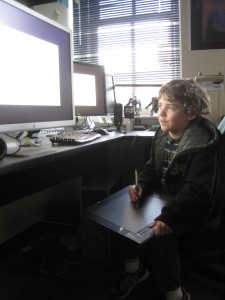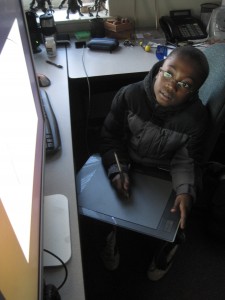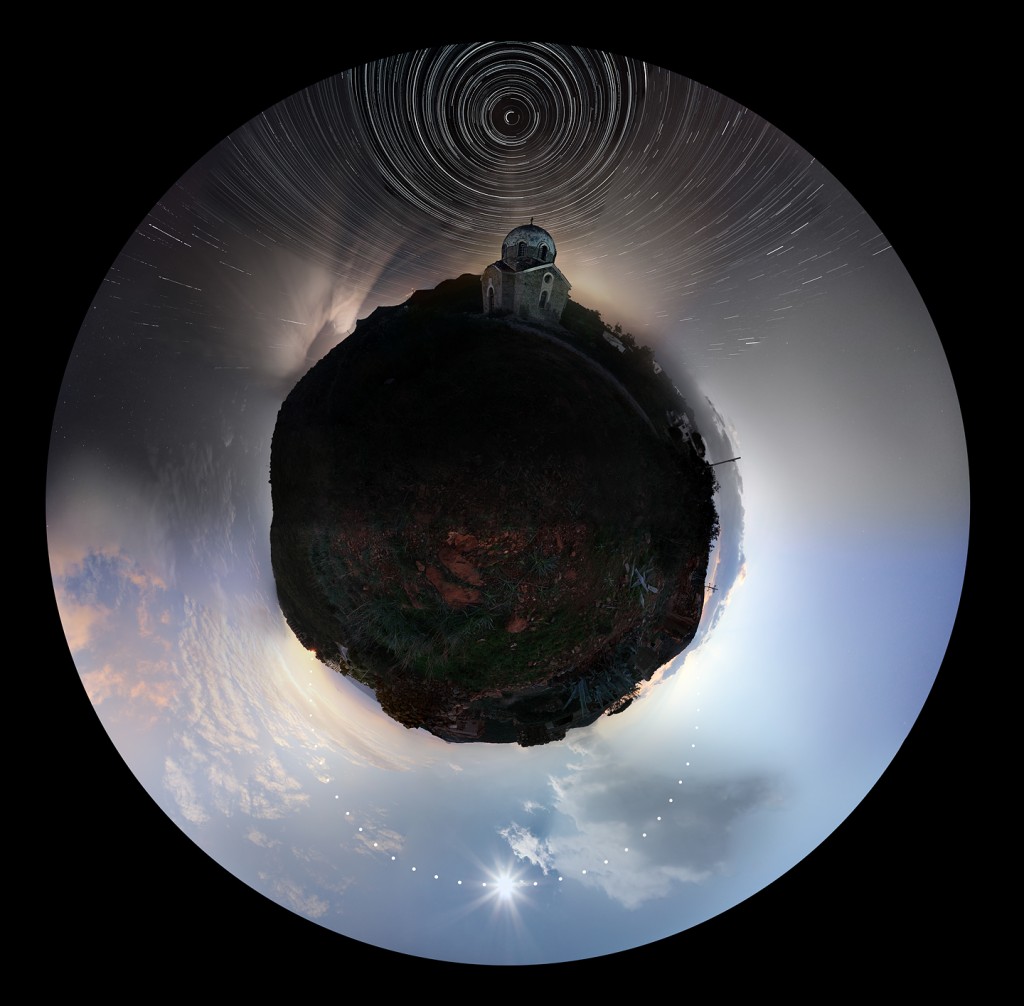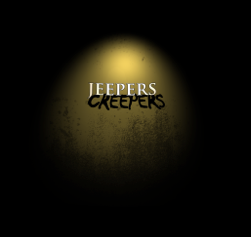Jeepers Creepers wins again at Jena
 We just found out that Jeepers Creepers won an Honorable Mention at the Jena Fulldome Festival in Jena, Germany last weekend. Thanks to Volkmar Schorcht and the rest of the crew that put that festival together.
We just found out that Jeepers Creepers won an Honorable Mention at the Jena Fulldome Festival in Jena, Germany last weekend. Thanks to Volkmar Schorcht and the rest of the crew that put that festival together.
Here’s the full list of winners:
Winners in the “VisuaLiszt” category:
“Liszt from Space” by Stefan Berke and Jan Zehn, Ten Art Communications,
Jena. (independent media artists), endowed with 3,000 Euro (approx.
$4,300),
“How to disappear” by Merlin Fluegel, Offenbach Academy of Art and Design
(students’ work), endowed with 2,000 Euro (approx. $2,900),
“The Metalliszt – Road to Victory”, by Robert Sawallisch, Samuel Klemke and
Hannes Wagner, Weimar Bauhaus University (students’ work), endowed with
1,000 Euro (approx. $1,400),
“Nanocam. A trip into biodiversity” by Laura Alonso, Producciones El Exilio
S.L., Madrid, Spain (professional media production), special prize of the
jury, endowed with 500 Euro (approx. $700),
“Hysteria” by Pedro Zaz and United VJs, Sao Paulo, Brazil (independent
artists), special prize of the jury, endowed with 500 Euro,
“Lisztrausch” (Liszt Rapture) by Adrian Woldt, Weimar Bauhaus University
(students’ work), endowed with 500 Euro.
Winners of the FullDome Awards:
“The Royal Pea” by Helena Doyle and Rob Bidder, University of Westminster,
London (students’ work), Creative Fulldome Award, endowed with 500 Euro,
“No 217” by Julia Wiesner, Lea Weber-Schaefer, Phil Schoell, Potsdam
University of Applied Sciences (students’ work), Performance FullDome
Award, endowed with 500 Euro,
“Schwimmende Einhoerner” (Floating Unicorns) by Stephanie Kaysz, Offenbach
Academy of Art and Design (students’ work), Audience FullDome Award,
endowed with 500 Euro.
Honorable Mentions have been presented to:
“Mephisto Cubic” by Philip Mayer and Bruno Mathez, GaiaNova Productions,
London (independent media artists),
“All We Are” by Norrkoepping Visualization Center, Sweden (professional
media production),
“Jeepers Creepers” by Morehead Planetarium & Science Center, Chapel Hill,
North Carolina, USA (professional media production),
“Dynamic Earth – Marine Biosphere” by Spitz Creative Media, Chadds Ford,
USA (professional media production),
“Tale of Stars” by Kagaya Studios, Tokyo, Japan (professional media
production).

 We just found out that Morehead’s fulldome short
We just found out that Morehead’s fulldome short 


 Ok, so this isn’t necessarily brand new news (
Ok, so this isn’t necessarily brand new news (

 NewScientist.com, the online version of the pop science mag New Scientist posted a
NewScientist.com, the online version of the pop science mag New Scientist posted a  We’ve been absolutely buried working on our new show so none of us has gotten the chance to post anything on the blog lately. Recently, however, I was purusing the Dome-L listserv and came across an interesting post by Jim Sweitzer from
We’ve been absolutely buried working on our new show so none of us has gotten the chance to post anything on the blog lately. Recently, however, I was purusing the Dome-L listserv and came across an interesting post by Jim Sweitzer from  This image is amazing and looks like it’s ripe for the dome. It’s even already in a dome master. Someone out there should work with this guy (
This image is amazing and looks like it’s ripe for the dome. It’s even already in a dome master. Someone out there should work with this guy ( Our first fulldome short, “Jeepers Creepers,” will have its world premiere at the
Our first fulldome short, “Jeepers Creepers,” will have its world premiere at the